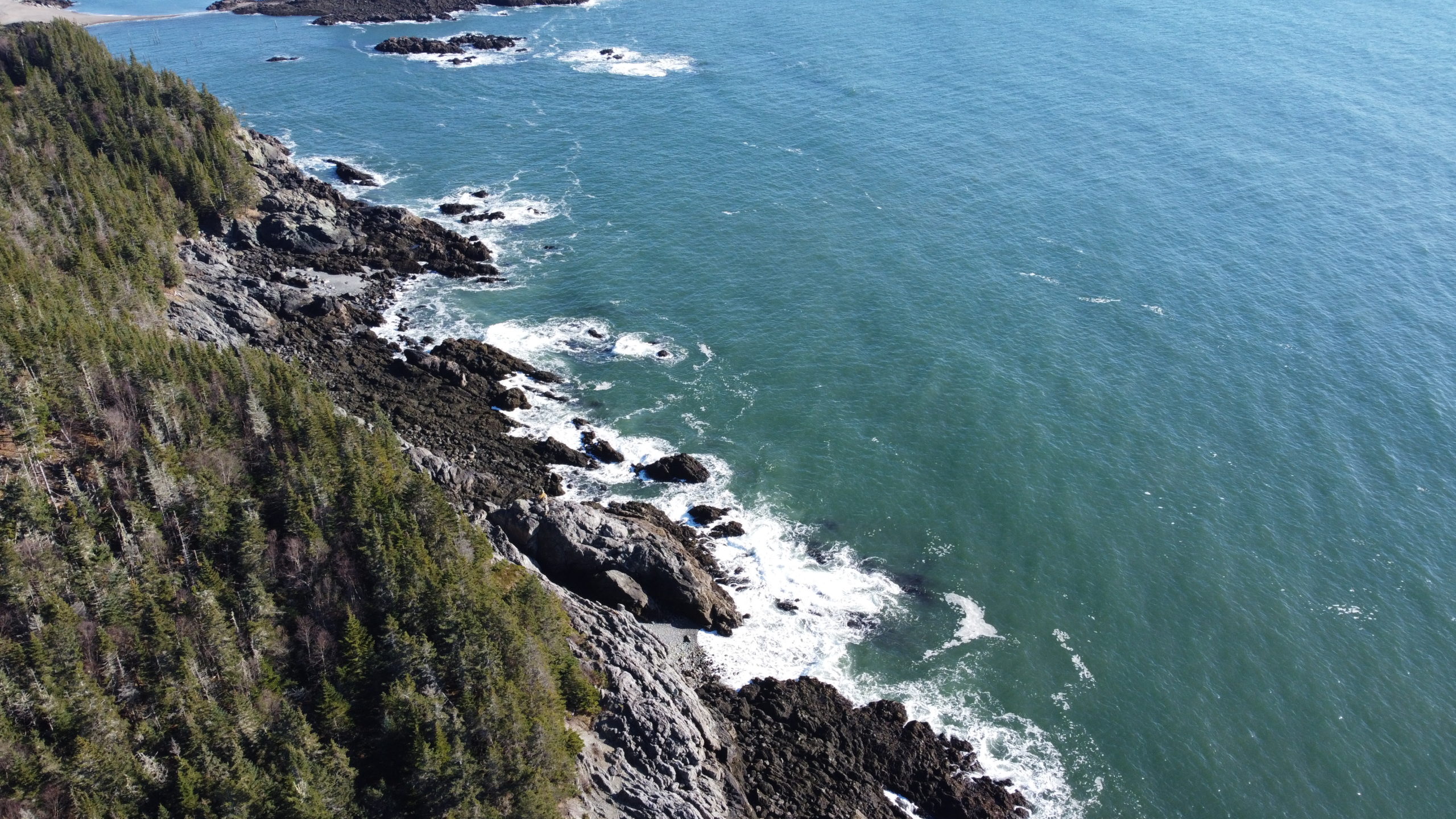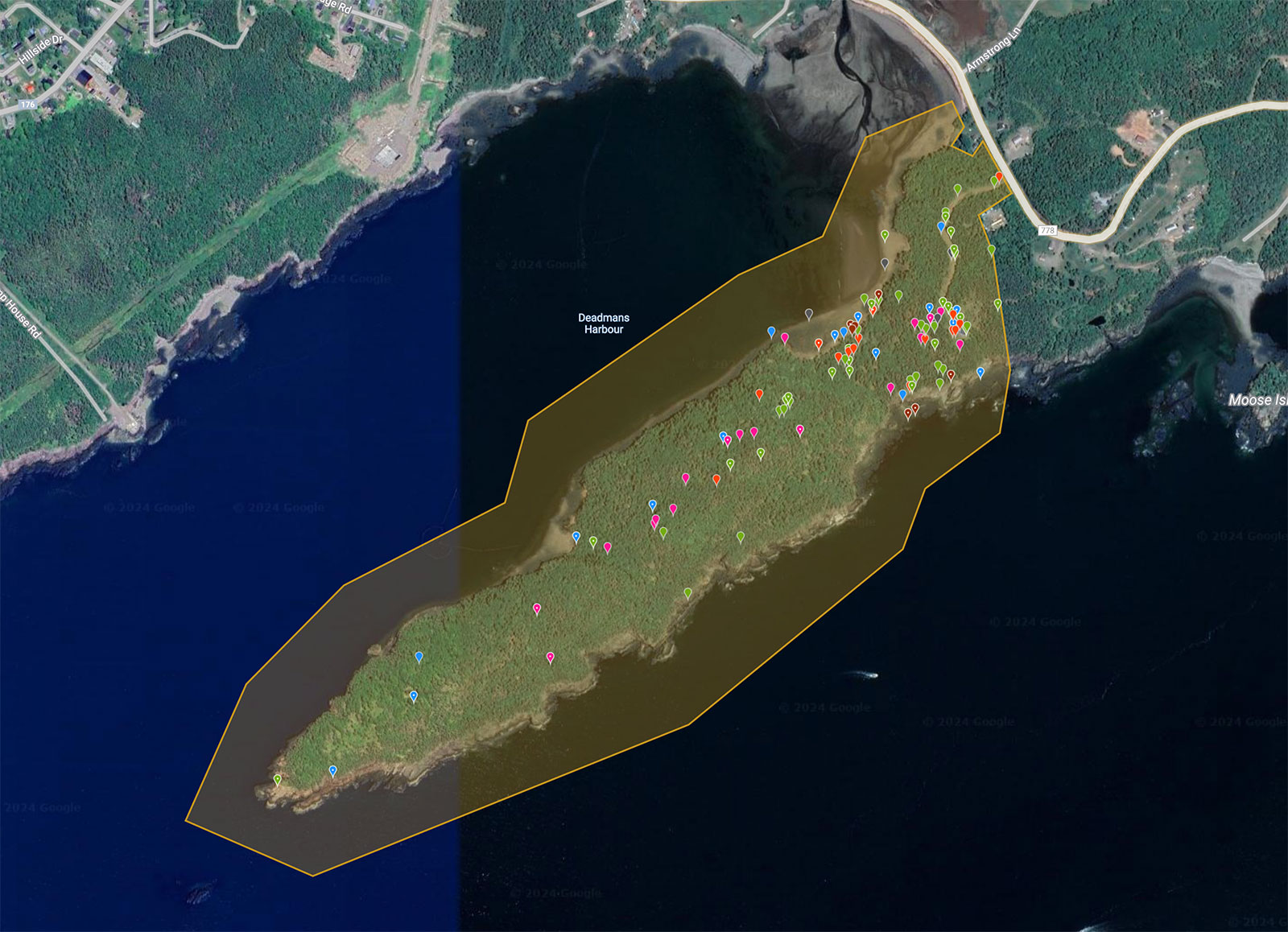At Living Laboratory, our mission is to illuminate the profound significance of the Bay of Fundy by examining its ecosystem through a lens that encompasses the diverse array of species inhabiting and interacting within this vital marine environment. We are dedicated to fostering a deep understanding of the Bay's ecological complexities, advocating for its preservation, and empowering others to join us in stewarding this precious natural resource for future generations.

In the Anthropocene era, our growing impact on the environment raises crucial questions about the fate of countless species. As we navigate this era of human influence, it's imperative to understand how these species are responding and adapting to the challenges posed by our actions. This is the focal point of our mission: to identify, study, and provide assistance to the diverse array of species affected by our presence.
Our commitment begins with the protection and utilization of our property in Blacks Harbour, a rural community of Eastern Charlotte, New Brunswick, Canada. The pristine 100+ acre peninsula boasts 2 1/2 miles of ocean-front shoreline, extending into the Bay of Fundy. This expansive site serves as the canvas for our initial study—a pivotal step towards establishing a "living laboratory." Guided by the research insights of dedicated University of New Brunswick graduate students, we are poised to embark on this journey of discovery and intervention.
Through rigorous investigation and collaboration, we aim to unravel the intricate dynamics of species adaptation within this unique ecosystem. By leveraging our resources and expertise, we aspire to not only uncover the challenges faced by these species but also to devise effective strategies for their conservation and resilience. Together, we strive to make a meaningful difference in the lives of all beings that call this ecosystem home.

Goals
Species Identification and Documentation:
- Utilize iNaturalist to systematically identify and document the current species residing on and around the Bay of Fundy site.
- Engage volunteers and local experts to contribute to the species identification process.
Climate Response Monitoring:
- Establish a monitoring framework to track how the identified species respond to climate change over time.
- Implement data collection protocols to record relevant environmental parameters alongside species observations.
Remote Data Collection Tools Implementation:
- Research and deploy remote sensing technologies such as drones, satellite imagery, and underwater cameras to gather data with minimal human interference.
- Explore the use of automated monitoring stations for continuous data collection.
Data Sharing Collaboration:
- Collaborate with other conservation organizations and research groups to share collected data and insights.
- Establish data-sharing agreements and protocols to facilitate the exchange of information effectively.
Community Engagement and Outreach:
- Develop educational programs and materials to raise awareness about the importance of the Bay of Fundy ecosystem and the ongoing research efforts.
- Organize workshops, seminars, and public events to involve the community in conservation efforts and citizen science initiatives.
Expansion of Research Sites:
- Identify potential sites with similar ecological significance to the Bay of Fundy for expanding research efforts.
- Establish partnerships with local stakeholders and authorities to gain access to new research sites and facilitate collaborative projects.
 Living Laboratory
Living Laboratory